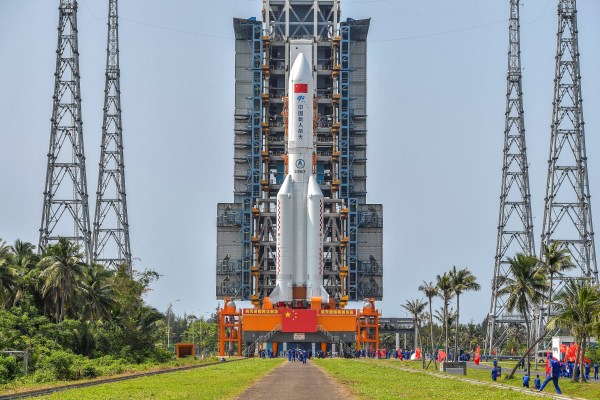The country is heavily investing in its own low-earth orbit satellite constellations

There has been a wave of businesses over the past several years hoping to offer broadband internet delivered from thousands of satellites in low-earth orbit (LEO), providing coverage of most of the earth’s surface.
This isn’t the first time we’ve seen excitement in the category. Companies and people that you have heard of — Bill Gates and Motorola, to name a few — invested billions of dollars into this business model two decades ago in an adventure that ended in many bankruptcies and very few people connected to the internet from low-earth orbit. Yet, here we are 20 years later, witnessing billionaires from Elon Musk to Jeff Bezos and entities from SoftBank to the United Kingdom investing billions into broadband from space in a gold rush that began around 2015, and has only accelerated since the beginning of 2020.
During that same period, we have seen a parallel ascendance of China’s space capabilities. In tandem with the accelerated deployment of SpaceX’s Starlink constellation in 2020, China has rapidly responded in terms of policy, financing, and technology, including most notably the creation of a “Chinese answer to Starlink”, namely constellation operating company China SatNet, and the associated GuoWang (国网, or National Net(work)) constellation.
While still in early development, SatNet and GuoWang are likely to compete in certain markets with Starlink and others, while also fulfilling what may be a similar strategic purpose from a government perspective. With considerable backing from very high-level actors, we are likely to see the rollout of a Red Star(link) over China (and the rest of the world) over the coming several years.
The rapid rise of Starlink
China’s LEO constellation plans cannot be understood in a vacuum. Like many other areas of high-tech investment, China’s actions here are partially reactive to developments in the West. The acceleration and expansion of Western LEO constellations in recent years — most notably Starlink — has been an accelerant to China’s own plans.



